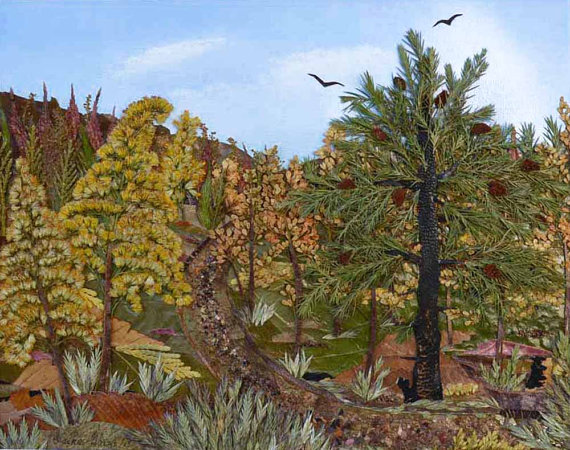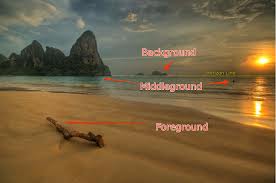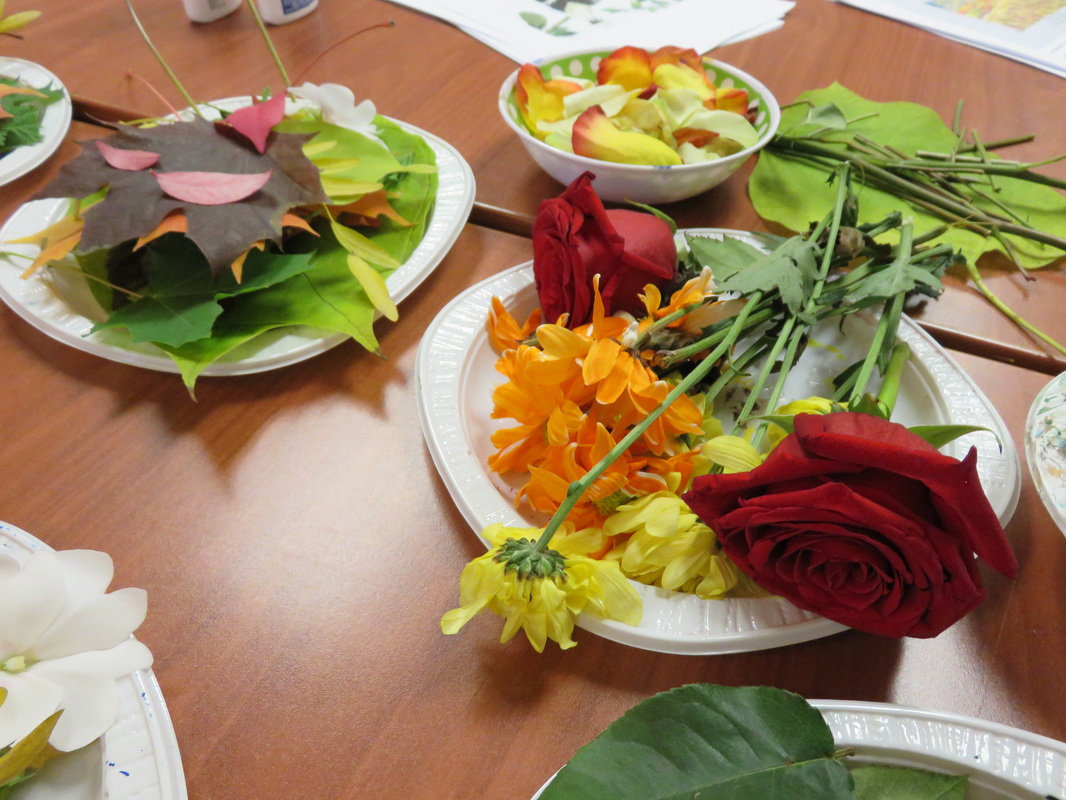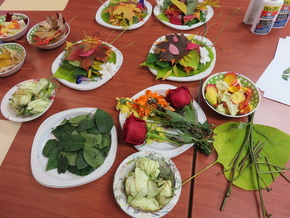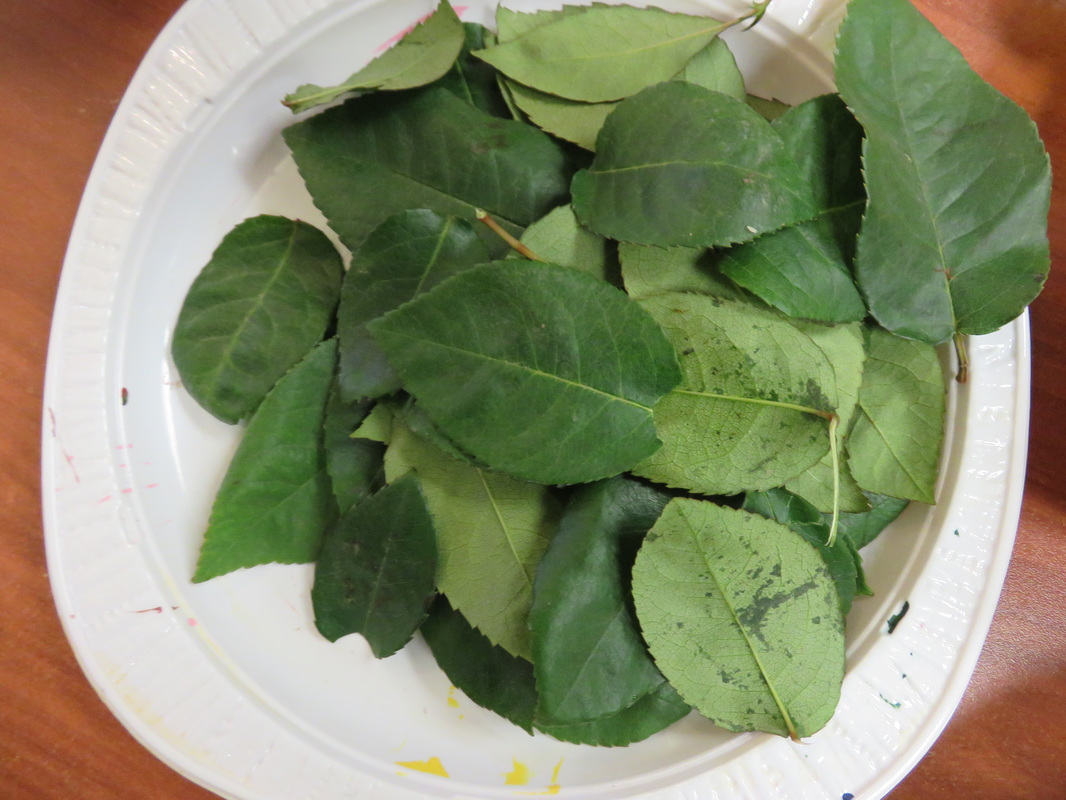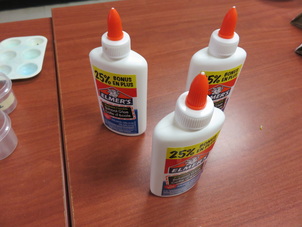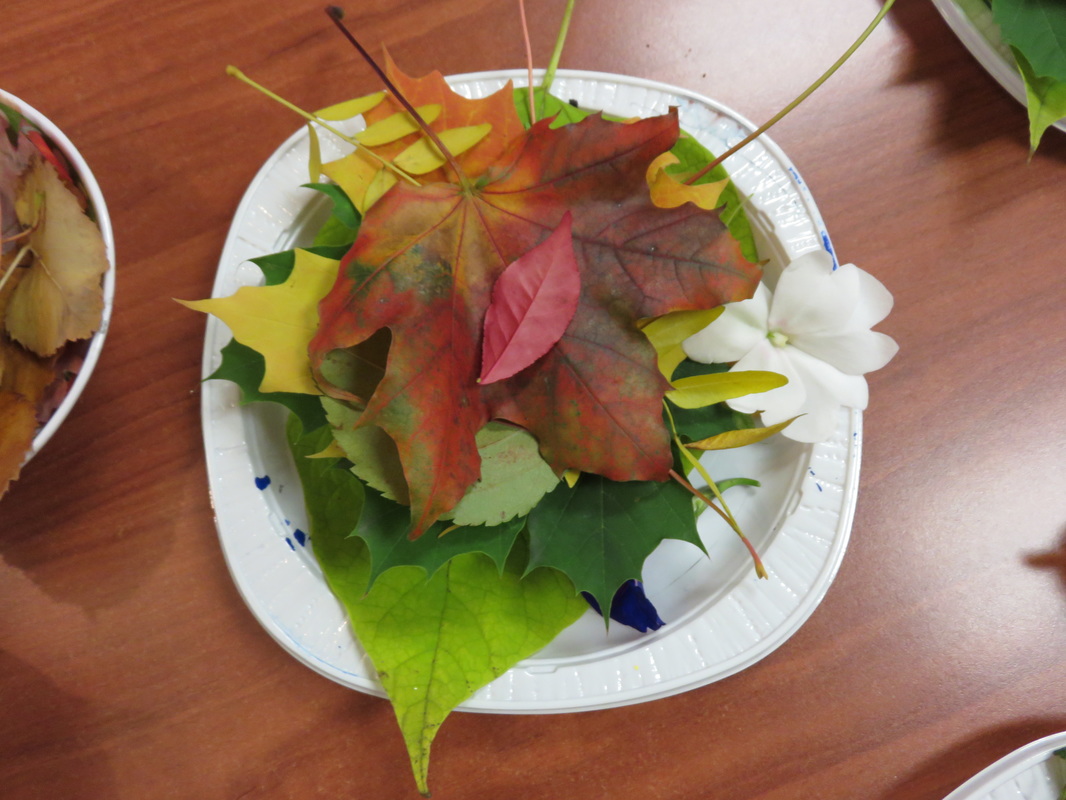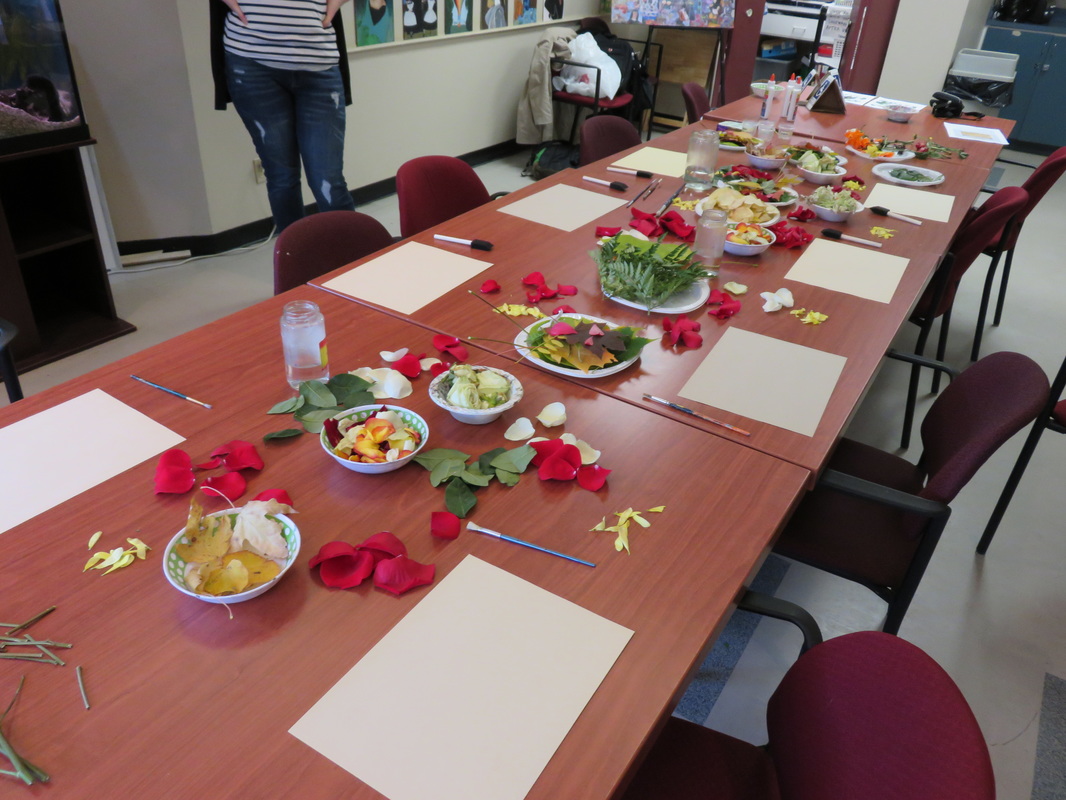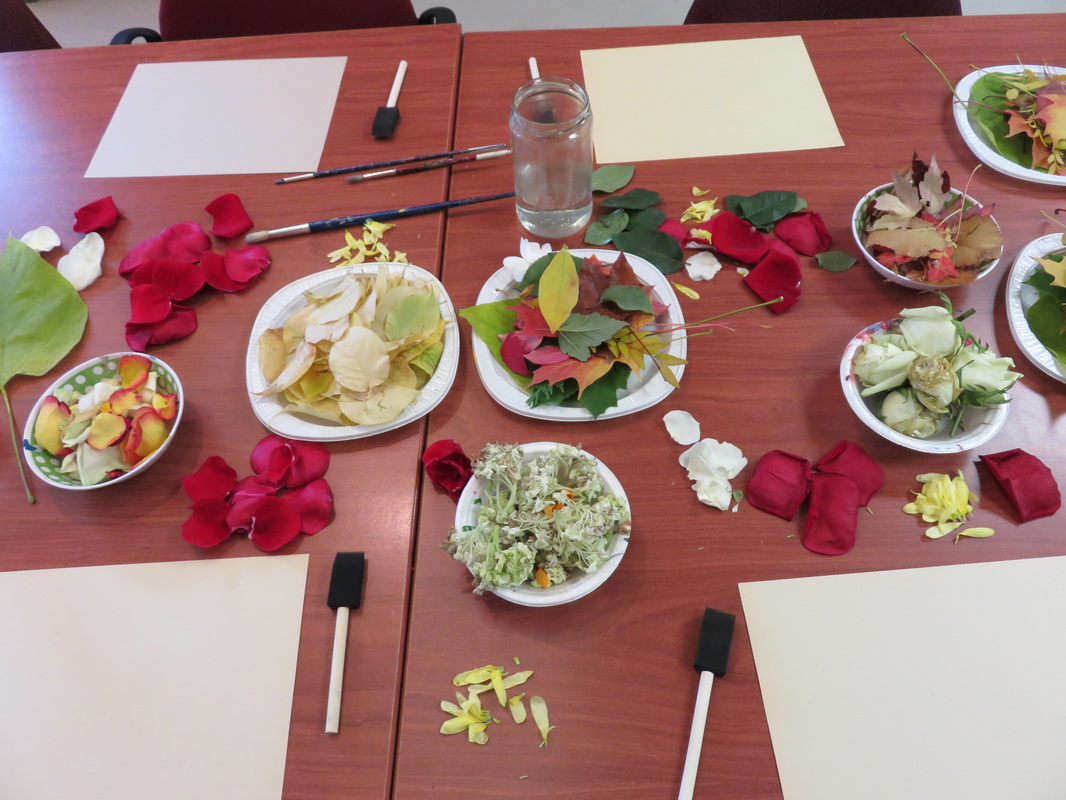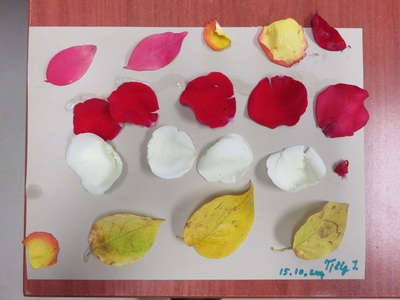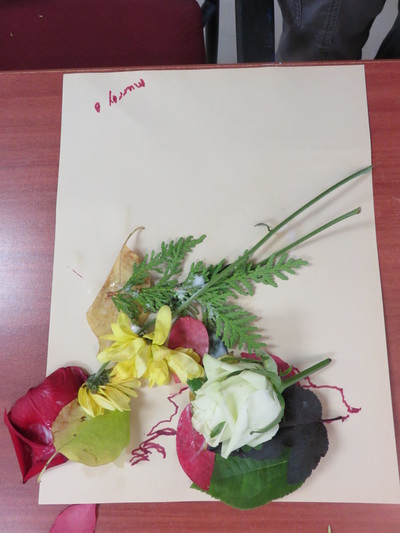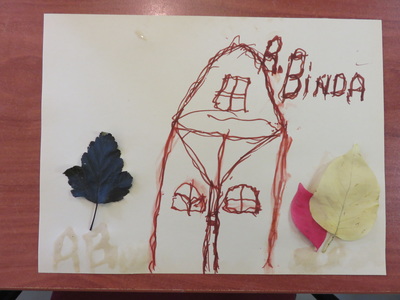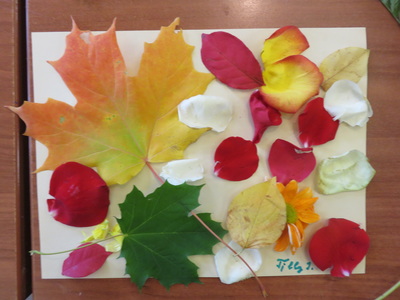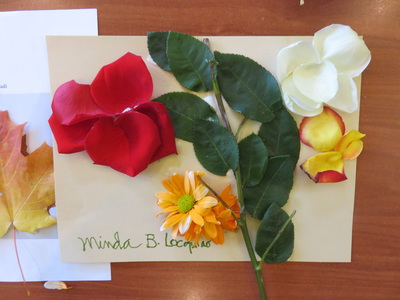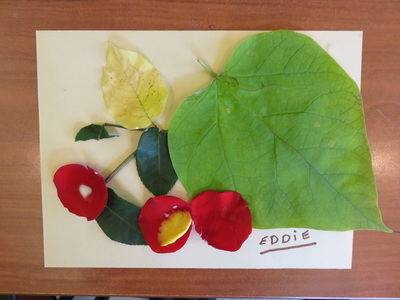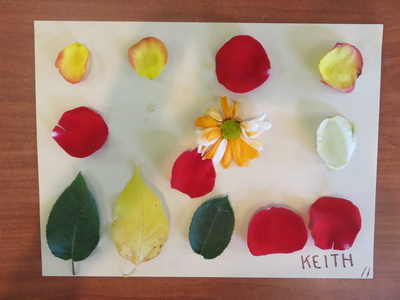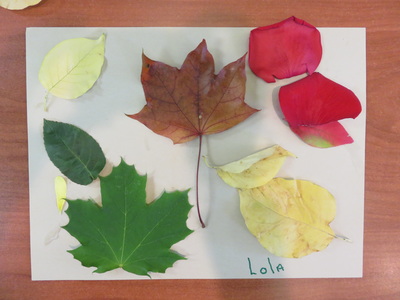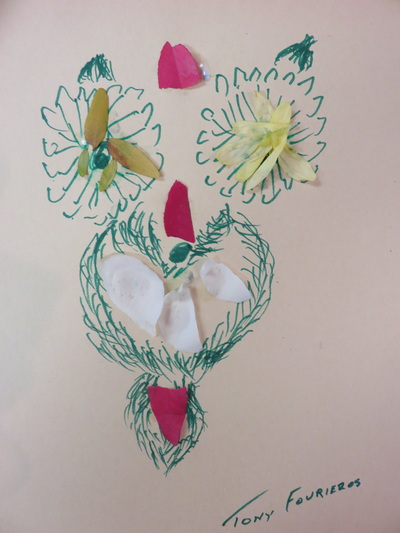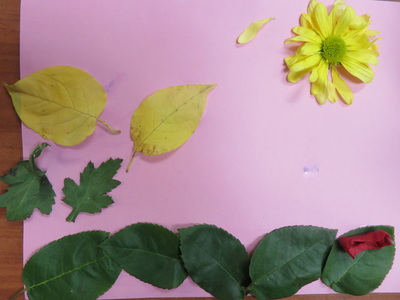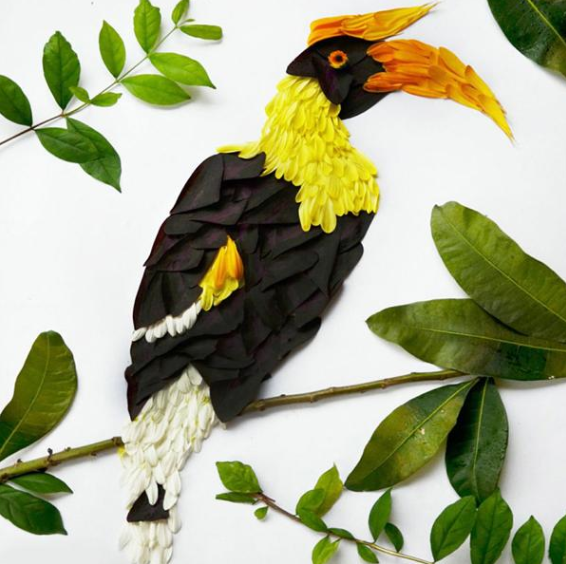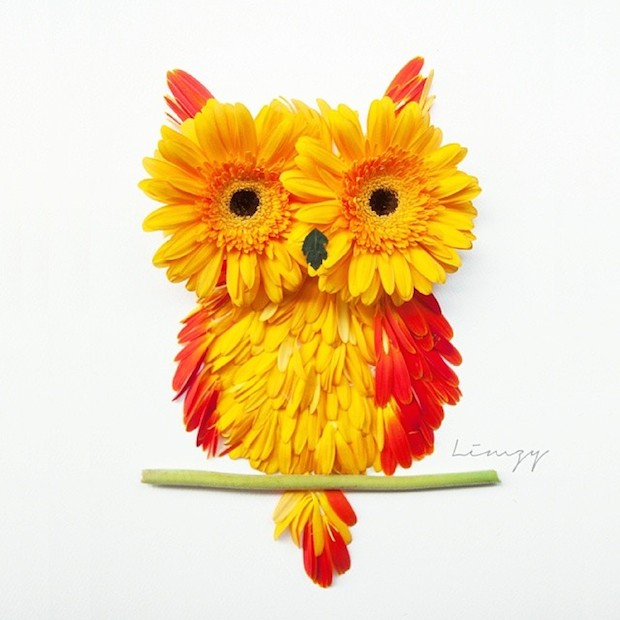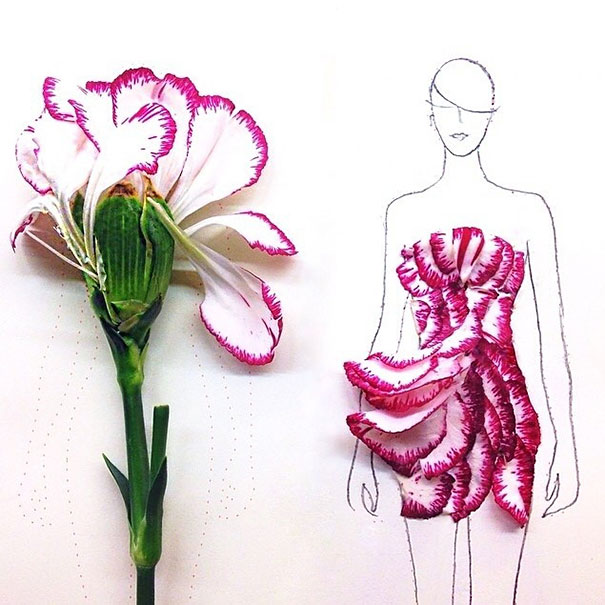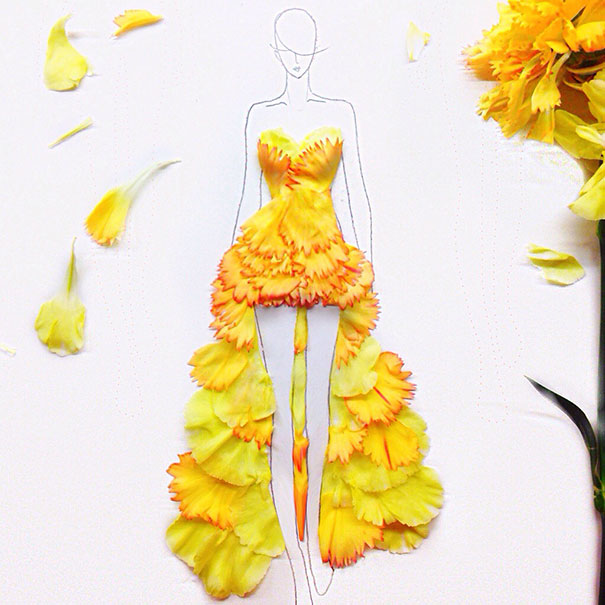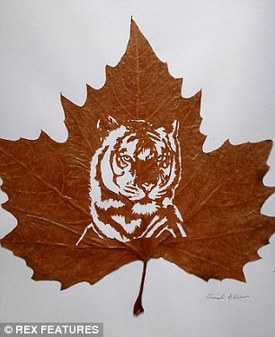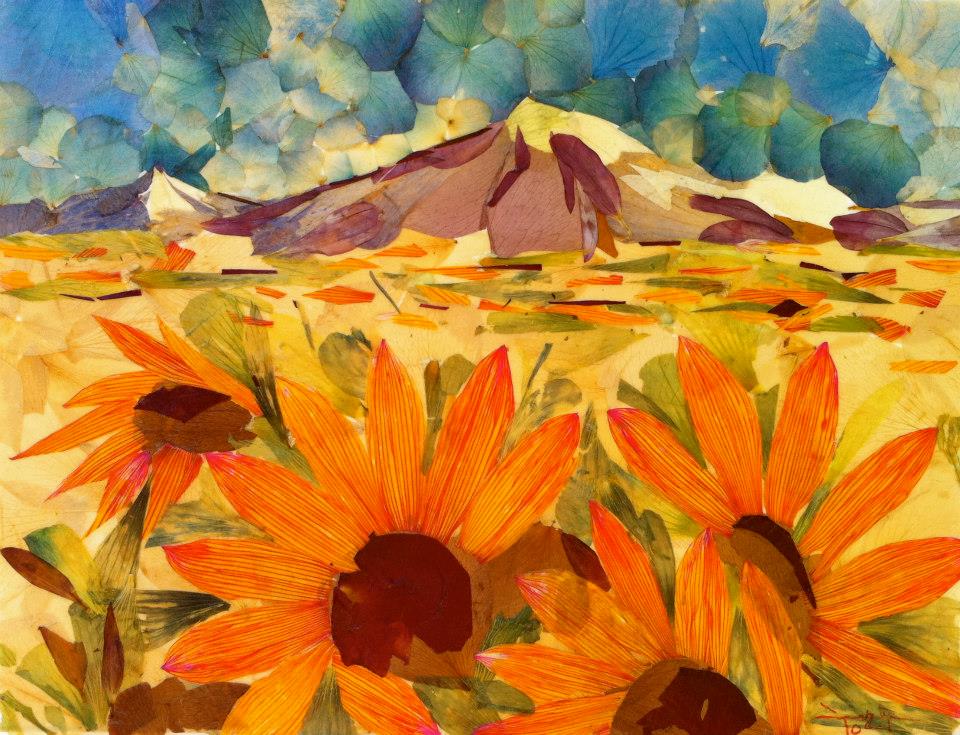- Sinthia Cousineau
- Ceramic Art
- Drawings
- Paintings
-
Photography
-
Art Education
-
Art & Adolescence
>
- Mural Project >
- Lesson: Eco Art
- Lesson: Decorating Fabric
- Lesson: Zentangles & Patterns
- Lesson: Social Media, consumerism & war
- Lesson: Bag Sculptures & Positive Body Image
- Lesson: Caricatures & political activism
- Lesson: Canadian Landscapes & Group of Seven
- Tattoo Art & Meaningful Images
- Lesson: Stenciling Street Art
- Lesson: Plaster Figures (grade 7-9)
- Photoshop Lesson
- Lesson: Value Scales
- Lesson Plan: Video Art
- Lesson Plan: Sound Art
- Lesson: GIF Project
- Lesson: Mashup Videos
- Art Education & Older Adults >
-
Art & Children
>
- Collage & other art Activities >
-
Drawing Activities with Kids
>
-
Pencil, Markers and Coloring
>
- Introductory Lesson
- Introduction Lesson: Egyptian Name Cartouche
- Reptile Zentangle Drawing >
- Illustrated Names
- Symmetrical Name Creatures
- Drawing from Autumn Still-lives
- Grid Drawing Technique
- Lesson: Alliteration Drawing
- Drawing: 3D Hands
- Leaf Drawing Collage
- Ancient Egypt Art
- Collaborative Doodle
- Drawing: Hidden Emotions Behind the Mask
- Scribble Drawing
- Drawing : Word Art
- Lesson Plan: Renaissance Invention Scroll
- Lesson: La Bande Dessinée
- Lesson: Optical Illusions
- Oil Pastels >
- Chalk & Soft Pastel >
- Charcoal >
-
Pencil, Markers and Coloring
>
-
Painting Activities with Kids
>
-
Acrylic Painting Lessons
>
- Acrylic Pouring
- Australian Dot Painting
- Blow Paint Technique
- Bubble Wrap Painting: Bee
- Pointillism Painting
- Funky Easter Rabbit
- Lesson: The Color Wheel
- Monochromatic Painting
- Painting: Birch Tree
- Leaf Painting
- Pumpkin Painting
- Painting: Rock Painting
- Squeegee Painting Technique
- Origami Inspired Painting
- Coffee Art
- Watercolor Activities >
-
Acrylic Painting Lessons
>
- Mixed Media Activities with Kids >
- Types of Art >
- History Lessons
-
Art & Adolescence
>
-
Art Therapy
- 3D Art & other mediums
- Videos
- Contact Me
Art Activity
Ecological Paradise Collage
Activity:
- Creating a collage of your perfect place using flower petals or leaves. The aim is to see which materials the participants like and dislike as well as to learn a bit about each of the participants’ interest.
Example: A collage using organic materials (Image from Internet)
Rationale
The participants require an activity that involves using very little material from, as they are limited in their mobility. The activity is meant for them to examine the materials and express their ideas. The main role of art for these participants is to provide them with therapeutic means to express themselves and socialize with their peers. As most participants suffer from cognitive or memory loss, this activity encourages them to use their imagination and reflect on themselves.
The participants need constant encouragement and motivation from student teachers and volunteers, who will assist them to produce their artworks. The participants require a calm and relaxing environment. The materials should be easy to manipulate.
From this art lesson, participants are expected to imagine their dream place, a personal paradise. They will have to think about themselves and what makes them personally happy, and incorporate these aspects of their happiness into a drawing of their perfect place using the contour line technique introducing the foreground, middle ground and background. Afterwards they will be introduced to ecological materials which they will use to create a collage using the same drawing.
The main objective is to enable the participant to think about themselves more deeply and about what makes them happy.
The participants need constant encouragement and motivation from student teachers and volunteers, who will assist them to produce their artworks. The participants require a calm and relaxing environment. The materials should be easy to manipulate.
From this art lesson, participants are expected to imagine their dream place, a personal paradise. They will have to think about themselves and what makes them personally happy, and incorporate these aspects of their happiness into a drawing of their perfect place using the contour line technique introducing the foreground, middle ground and background. Afterwards they will be introduced to ecological materials which they will use to create a collage using the same drawing.
The main objective is to enable the participant to think about themselves more deeply and about what makes them happy.
Objectives
Art-making objectives:
- Participants will be able to understand how they can use natural materials which can be found in nature, and how they can add them to their own artworks to represent an idea.
- They will create their ideal place by making a landscape collage using ecological materials.
- These works will begin with the concept of foreground, middle ground and background. As well they will include the horizon line. Starry night by Van Gogh will be used as an example to demonstrate this.
Art appreciation objectives:
- Participants with observe and discuss artworks created by other artists who use ecological materials and they will gain inspiration which they will apply onto their own works.
- These artists will include:
- Grace Ciao: Creates fashion designs using flowers
- Hong Yo: an artist who creates birds using flower petals
- Lim Zhi Wei: An artist who creates images using flower petals
- Shogher Baghdoud: creates scenery using flower petals
- Omid Asadi: cuts images into leaves.
Social objectives:
- To enable participants to communicate with each other about their artwork as well as allow them to socialize during the art-making process.
- To experience a friendly environment
- To experience social connection with other participants
- To provide participants with an environment were they can respect each other’s company and art skills.
- To provide participants will an environment where they are able to express themselves and their emotions through art making.
Community objectives:
- To enable the participants to feel happier and more self-fulfilled with their home environment in the nursing home by allowing them to experience a place where they can benefit from the therapeutic and educational aspects that art making allows.
- Other objectives include teaching the participants about how they could use elements of nature to create their collage.
Materials
Room Setup & Lesson Preparation
Lesson Plan
| eco_art_collage.doc | |
| File Size: | 2508 kb |
| File Type: | doc |
Your browser does not support viewing this document. Click here to download the document.
Participants Working on their Collage
The Results
- The participant's did not end up producing a landscape, instead they formed a collage of the different eco elements. They enjoyed working with nature, because seniors seldom get a change to go out into nature. Being connected to life has proven to greatly aid their moral. After all the purpose of the lesson was to have fun, not to produce a masterpiece.
Examples of Artists
Who use Natural's Materials
Hong Yo
|
Lim Zhi Wei
|
Grace Ciao
Omid Asadi
|
Shogher Baghdoud
|
Proudly powered by Weebly
- Sinthia Cousineau
- Ceramic Art
- Drawings
- Paintings
-
Photography
-
Art Education
-
Art & Adolescence
>
- Mural Project >
- Lesson: Eco Art
- Lesson: Decorating Fabric
- Lesson: Zentangles & Patterns
- Lesson: Social Media, consumerism & war
- Lesson: Bag Sculptures & Positive Body Image
- Lesson: Caricatures & political activism
- Lesson: Canadian Landscapes & Group of Seven
- Tattoo Art & Meaningful Images
- Lesson: Stenciling Street Art
- Lesson: Plaster Figures (grade 7-9)
- Photoshop Lesson
- Lesson: Value Scales
- Lesson Plan: Video Art
- Lesson Plan: Sound Art
- Lesson: GIF Project
- Lesson: Mashup Videos
- Art Education & Older Adults >
-
Art & Children
>
- Collage & other art Activities >
-
Drawing Activities with Kids
>
-
Pencil, Markers and Coloring
>
- Introductory Lesson
- Introduction Lesson: Egyptian Name Cartouche
- Reptile Zentangle Drawing >
- Illustrated Names
- Symmetrical Name Creatures
- Drawing from Autumn Still-lives
- Grid Drawing Technique
- Lesson: Alliteration Drawing
- Drawing: 3D Hands
- Leaf Drawing Collage
- Ancient Egypt Art
- Collaborative Doodle
- Drawing: Hidden Emotions Behind the Mask
- Scribble Drawing
- Drawing : Word Art
- Lesson Plan: Renaissance Invention Scroll
- Lesson: La Bande Dessinée
- Lesson: Optical Illusions
- Oil Pastels >
- Chalk & Soft Pastel >
- Charcoal >
-
Pencil, Markers and Coloring
>
-
Painting Activities with Kids
>
-
Acrylic Painting Lessons
>
- Acrylic Pouring
- Australian Dot Painting
- Blow Paint Technique
- Bubble Wrap Painting: Bee
- Pointillism Painting
- Funky Easter Rabbit
- Lesson: The Color Wheel
- Monochromatic Painting
- Painting: Birch Tree
- Leaf Painting
- Pumpkin Painting
- Painting: Rock Painting
- Squeegee Painting Technique
- Origami Inspired Painting
- Coffee Art
- Watercolor Activities >
-
Acrylic Painting Lessons
>
- Mixed Media Activities with Kids >
- Types of Art >
- History Lessons
-
Art & Adolescence
>
-
Art Therapy
- 3D Art & other mediums
- Videos
- Contact Me
